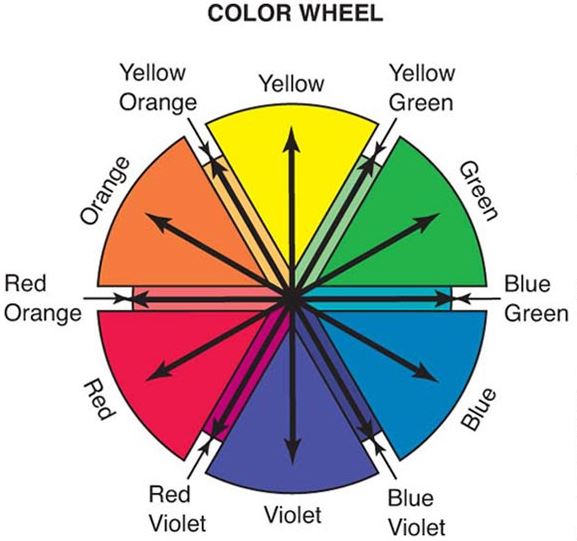


You’ll learn more about this below when we take a look at the Lightening Curve, but underlying pigment is an important factor when choosing a color, too. When hair is colored – especially if a lightener, like Blondor, is used – some of the underlying pigments in your hair may be exposed. Even matters such as your styling routine or whether you’re a swimmer might be discussed, all in a bid to figure out what formulas will work with your locks, and whether your hair is in good enough condition for a lightener. Has it been colored before? How long ago? What was used? Why? These are all questions they might ask you. Let’s break each of them down… Hair HistoryĬolorists look at the processes your hair has already been through. Now, you know what ‘color chosen’ means – it’s the desired hair hue – while the ‘starting point’ is a combination of the hair history and the underlying pigment. Hair’s starting point + color chosen = end result Visit Londa Professional and discover the professional hair color products you. To predict the finished look of every color transformation, colorists use a simple equation: Infinite colors choice, countless combos and only one place to get them.

What is Hair Glossing? We’ve Got the Glossįollow us instagram facebook youtube pinterest twitter Helpful to visual learners, the color wheel manifests a realistic approach to understanding warm, cool, complementary, enhancement tones, dominant color, and levels of toner. Gloss or Toner Another option is something that your hair stylist can administer to you a few weeks after getting your hair colored. The color wheel is the most vital instrument to customize the exact shade, intensity, or tone of the hair color your client craves. Your Everything Guide to Blonde Highlights For example, green is the opposite color of red on the color wheel and applying a green tone to the hair will help to neutralize any red tones that are peeking through. 24 Blonde Hair Colors, from Golden to Caramel


 0 kommentar(er)
0 kommentar(er)
